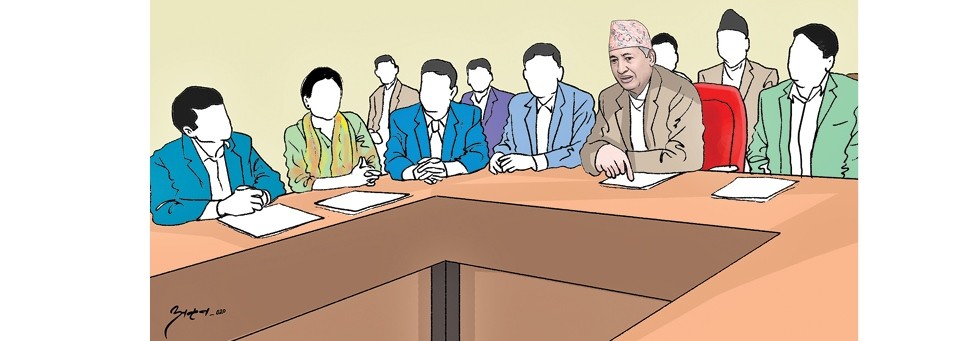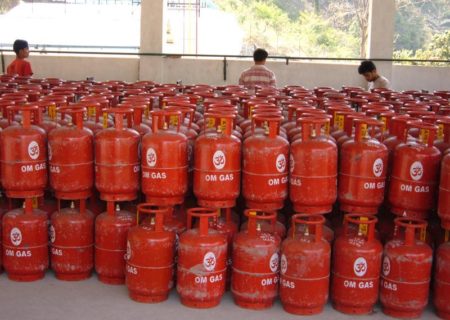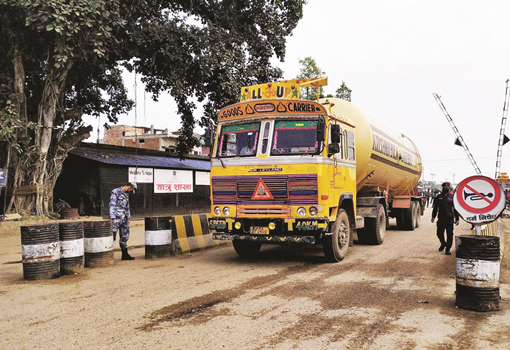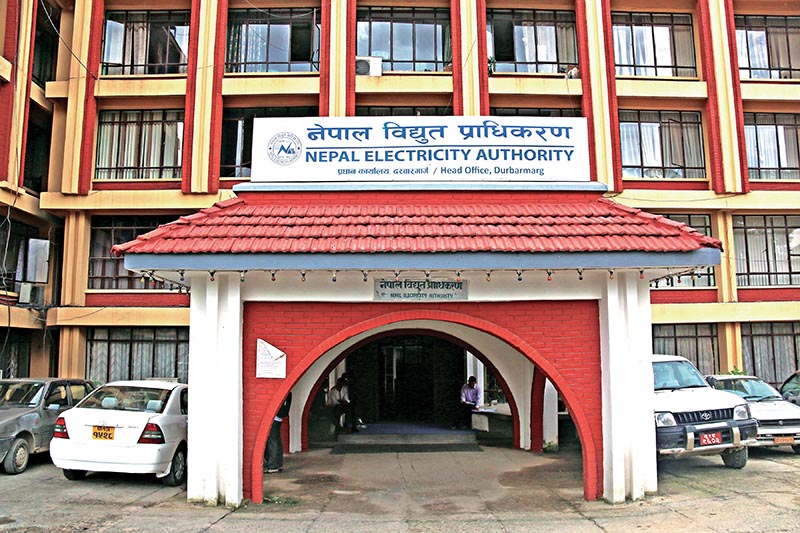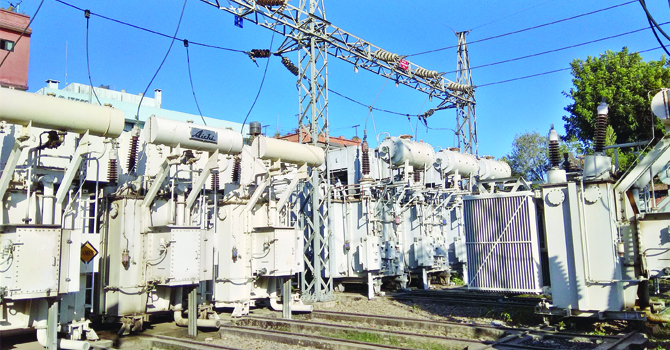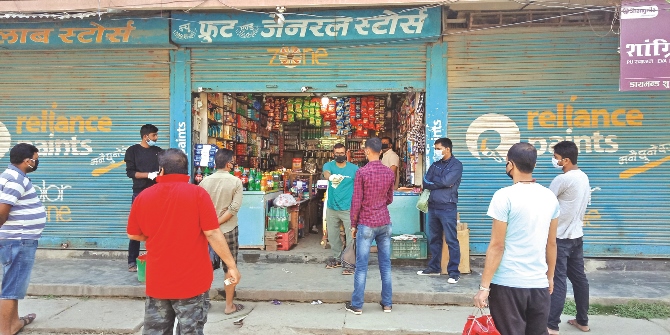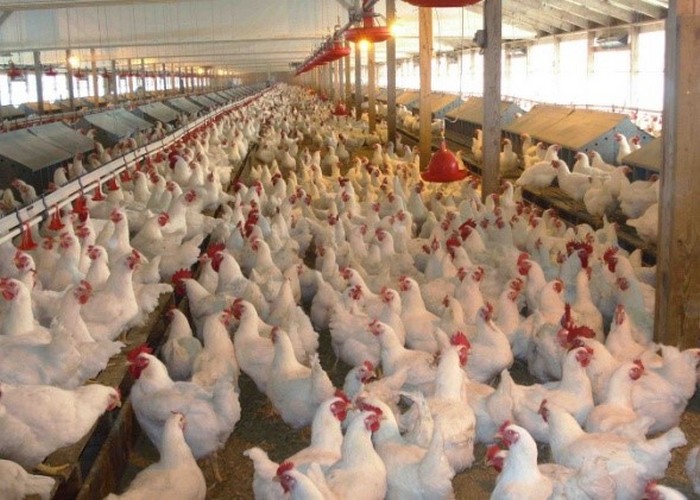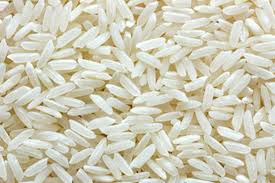Laudable Efforts to Revitalise Agriculture
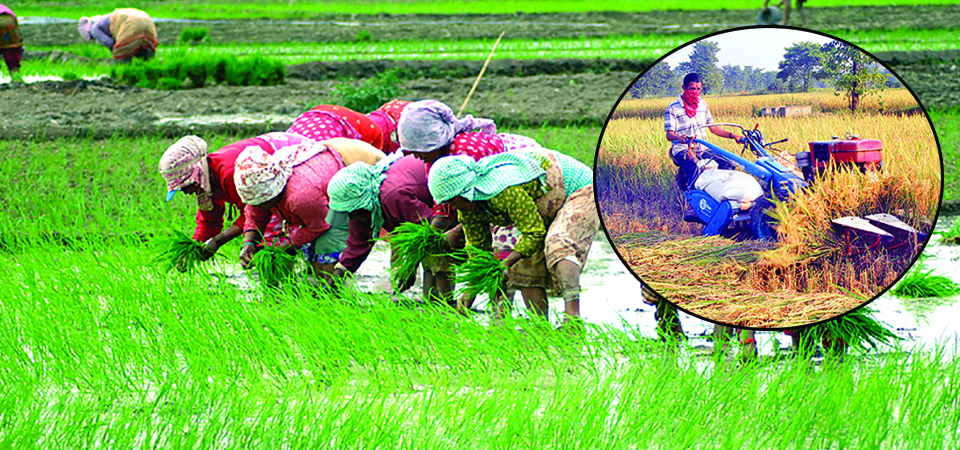
Laxman Kafle
Despite facing challenges in achieving the targeted economic growth due to the COVID-19 pandemic, the country heaved a sigh of relief after it recorded the highest ever production of paddy this year. Agriculture is the main Gross Domestic Product (GDP) contributor to the country’s economy where about 60 per cent of the country’s population is involved. It has been a major sector of the economy in terms of income, employment and food security.
Nepal produced a record amount of paddy this year- 5.621 million tonnes. The contribution of the agriculture sector to the GDP stands at 27 per cent at present while the contribution of paddy to the agriculture GDP stands above 30 per cent. In terms of monetary value, paddy worth around Rs.157 billion was produced this year. Paddy productivity has increased by 0.28 tonnes per hectare to 3.82 tonnes this year, which is also a record high production.
The favourable monsoon season and an increase in the paddy plantation area contributed to the rise in paddy production despite the shortage of chemical fertilisers. The contribution of other food crops including wheat, millet, barley, and coffee to the agricultural sector was minimal.
The production of maize reached 2.89 million tonnes and wheat 2.1 million tonnes. Per hectare productivity of maize and wheat has increased by 6.33 per cent to 3.02 tonnes and by 8.42 per cent to 3.10 respectively.
The present government has made efforts to improve the agro products but has had minimal success. Nepal has enough water sources but efforts to provide farmers with irrigation facilities have remained inadequate.
“Fluctuation in crops including paddy production was very common because of changes in the pattern of rainfalls. But the introduction of new cultivation techniques as well as an increase of land for cultivation, has boosted the production,’ said Dr Yogendra Kumar Karki, secretary at the Ministry of Agriculture and Livestock Development.
The contribution of the agriculture sector to the GDP has increased to 5.02 per cent in the last fiscal year from 2.72 per cent a year ago. The average growth rate of the agriculture sector in the last decade is 3.2 per cent while the average economic growth rate of the country is 4.6 per cent.
Food surplus
At present, Nepal enjoys food surplus status. The total processed food availability is 7.31 million tonnes in Nepal against the annual requirement of 5.619 million tonnes. It means Nepal has 1.69 million tonnes of surplus food.
Despite being a food surplus state, the crops including paddy, maize, wheat and rice are being imported in a large amount. People’s food habit has contributed to the import of rice for which the nation spends billions of rupees even though production has increased as people like to consume fine rice instead of locally produced varieties, Karki said. However, the import of rice is likely to decrease this year as compared to the past when the production had increased.
“Rice imports could be reduced if we could promote the production of fine rice and change people’s eating habits. The growth in the purchasing power of people has led to the import of fine rice,” he said.
Maize import has also increased due to the growing number of feed industries. In the last fiscal year, Nepal imported rice worth around Rs. 33.65 billion, maize worth Rs. 13.6 billion and wheat of Rs. 8 billion. The import of agricultural products increased to Rs. 243.43 billion in 2019/20 compared to the import Rs. 223.83 billion in 2018/19.
Meanwhile, the country is moving ahead towards self-reliant dairy products, meats and vegetables as well. Annual vegetable production reaches 4.3 million tonnes, meat at 350,000 tonnes, milk at 2.6 million tonnes, fishes at 93,000 tonnes. The nation has become self-reliant in poultry and eggs.
The government has introduced various plans and programmes targeting youth for commercial farming and increasing production and productivity. Aiming to mechanise and commercialise the agriculture, Prime Minister Agriculture Modernisation Project has been implemented across the country. Under this project, the government has been distributing agricultural inputs and quality seeds at a subsidised rate and promoting crops, vegetables and fruits super zones, zones, blocks and pocket areas based on the potentiality of production.
Expanding irrigation facilities
Despite having a huge potential for increasing production and reducing import agro products, the agriculture sector is facing irrigation problems. However, the irrigation facility has been expanding lately.
Out of 2.63 million hectares of the cultivated land in Nepal, about 1.76 million hectares have had irrigation facilities. About 54 per cent of the irrigated area has year-round irrigation facilities. The majority of irrigation systems are small and medium-scale.
Some of the ongoing irrigation projects- Sikta of Banke, Babai and Rajapur of Bardiya, Rani Jamara Kulariya of Kailali and Mahakali of Kanchanpur are under construction. The Bheri-Babai Diversion Multipurpose Irrigation Project and Sunkoshi Marin Diversion Multipurpose Irrigation Project are in the pipeline.
A fertiliser plant in pipeline
The fertiliser is essential for good agricultural productivity. But, farmers are facing an acute shortage of chemical fertilisers every year during the times of paddy and wheat plantation. Even though the government allocated a budget to distribute fertiliser at a subsidised rate, the concerned authority failed to import it in time creating shortages.
Nepal needs about 1.35 million tonnes of chemical fertiliser per year but the continuous crisis has pushed the actual demand down to about 800,000 tonnes while only 400,000 tonnes is imported. Considering this situation, the federal government has lately come up with a commendable decision to establish a chemical fertiliser factory in the country within the next five years.
A study is being done on that and a committee has been formed. “The government is working to end the problem of fertiliser forever. We are holding discussions with India and other countries to import fertiliser through government to government and will allocate the required budget to import fertiliser through a global tender. Another option is organic manure. The Ministry of Agriculture is also working for organic manure like chemical fertiliser.
Farmer census starts
The government has been working to list farmers by making classification that aimed at helping the authority carry out the agricultural programme in a systematic manner based on the classification. Currently, people are using government subsidy and grants based on their approach.
The listing will mainly include details relating to farmer registration, family, farming, land and agriculture and animal husbandry structure. A personal account would be created after updating the basic information of the farmers and the farmers can get identification numbers. After the classification, needy farmers would benefit from government support and subsidy.
(Kafle is a TRN reporter)
Recent News

Do not make expressions casting dout on election: EC
14 Apr, 2022
CM Bhatta says may New Year 2079 BS inspire positive thinking
14 Apr, 2022
Three new cases, 44 recoveries in 24 hours
14 Apr, 2022
689 climbers of 84 teams so far acquire permits for climbing various peaks this spring season
14 Apr, 2022
How the rising cost of living crisis is impacting Nepal
14 Apr, 2022
US military confirms an interstellar meteor collided with Earth
14 Apr, 2022
Valneva Covid vaccine approved for use in UK
14 Apr, 2022
Chair Prachanda highlights need of unity among Maoist, Communist forces
14 Apr, 2022
Ranbir Kapoor and Alia Bhatt: Bollywood toasts star couple on wedding
14 Apr, 2022
President Bhandari confers decorations (Photo Feature)
14 Apr, 2022


